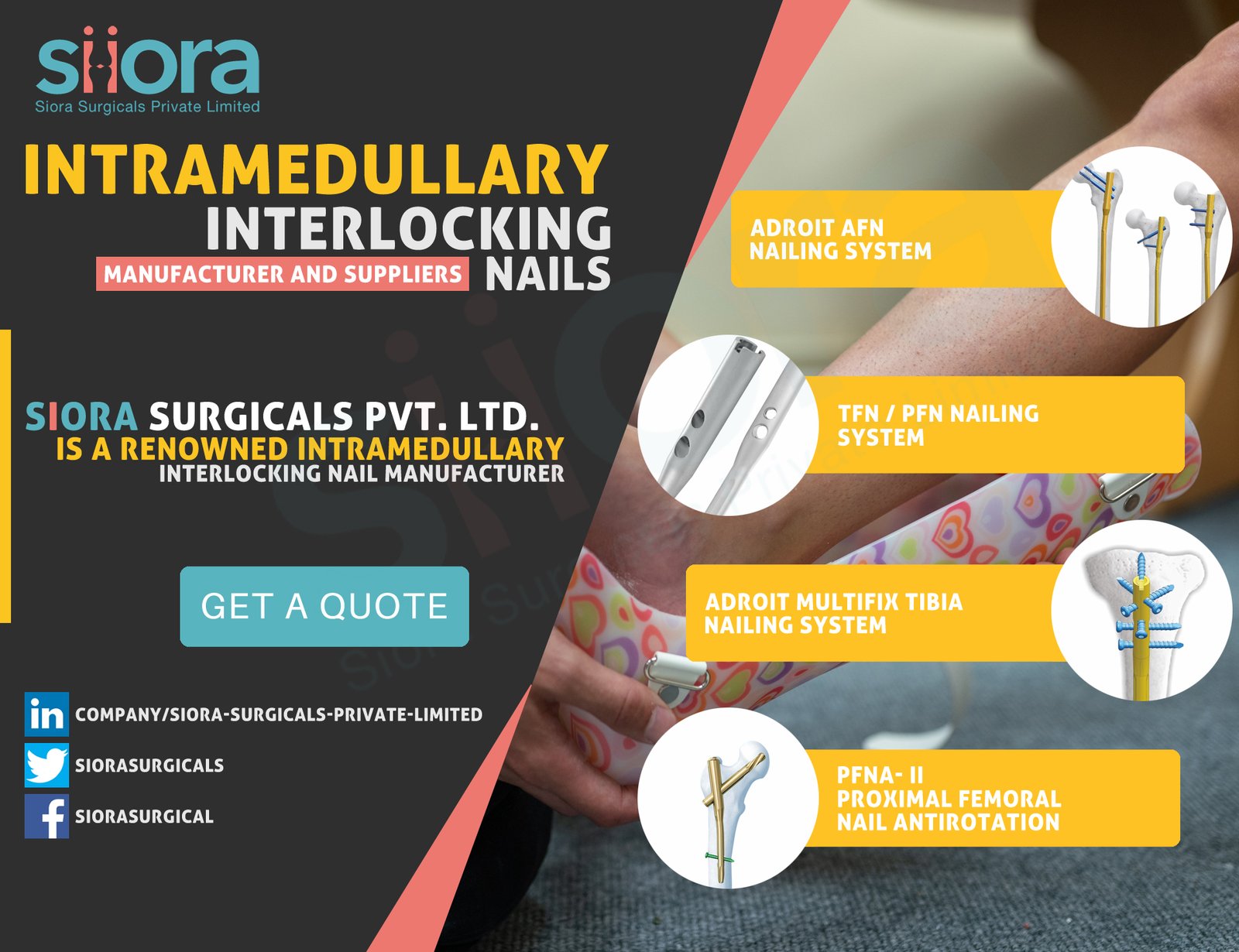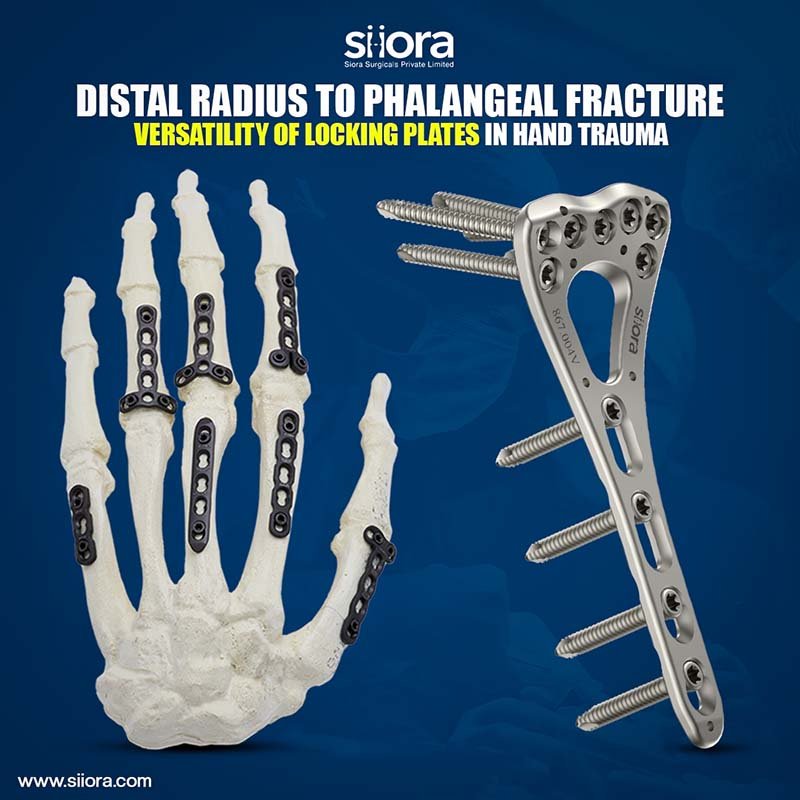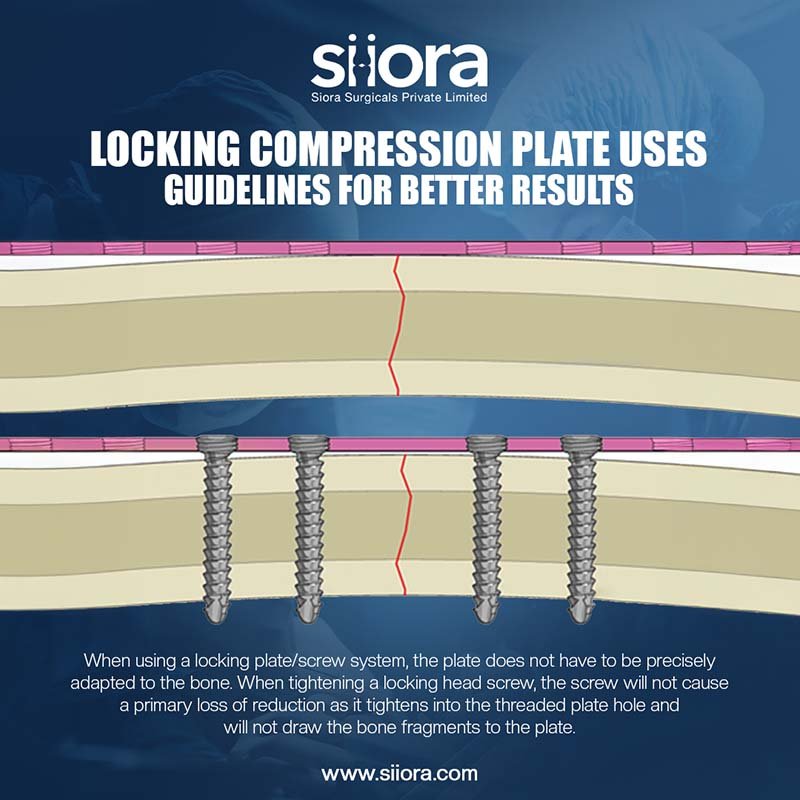IM Nails or intramedullary nail are Orthopedic Implants used to align and stabilize fractures. Intramedullary rods are inserted into the bone marrow canal in the center of the long bones of the extremities. They may be used in the tibia (shin bone) and the femur (thigh bone), for example. They are also called intramedullary nails. These nails are provided by the orthopedic implant suppliers.
One of the significant benefits of IM rods over other methods of fracture fixation is that IM rods share the load with the bone, rather than totally supporting the bone. Due to this, patients can use extremity more quickly.
IM rods can’t be used for all fractures. Because, there are mostly associated complaints of pain and other symptoms at the site where the IM rods are inserted. For this reason, a second operation may be required to remove the IM device if you have painful symptoms. Otherwise, the IM rod is intended to stay inside your bone forever.
Bone Healing and Intramedullary Rods:
It is important to note that these types of orthopedic implants do not really speed bone healing and they do not take the place of bone healing. Any metal implant used to stabilize a fracture is intended to hold the fracture in proper alignment while the normal healing process takes place.
While bone healing may not speed up, some IM rods are intended to have enough strength to carry the body weight, and that is why people can often place weight on the extremity sooner than if you had to wait for complete bone healing. However, this should be done strictly as per the manufacturer’s instructions for use or treating the surgeon’s advice.
What is an IM Nail?
An Intramedullary (IM) Nail is a medical device used to fix broken long bones like the thigh bone (femur), shinbone (tibia), or upper arm bone (humerus). It’s a strong metal rod placed inside the hollow part of the bone to keep it stable while it heals. This method helps align the bone correctly and allows for better movement during recovery.
IM nails are usually made from materials like titanium or stainless steel that are safe for the body. Once inserted, they’re secured with screws on both ends to hold everything firmly in place. Surgeons often choose IM nails for serious fractures or when quick recovery is important.
What makes IM nailing so effective is its ability to support the bone from within, reducing the need for bulky external casts. It helps patients regain movement faster and is now a common approach in modern fracture treatment.
What Are the Uses of Intramedullary Rods?
Femur Fracture:- A femoral shaft fracture (broken thigh bone) is usually treated with intramedullary nailing. Generally, the rod is made of titanium and they come in different diameters and lengths. This is to fit patients of different heights and ages. A small incision is made at either the knee or the hip and the rod is inserted into the marrow canal. Screws used to hold it in place at each end are often termed Locking Bolts.
Tibia Fracture:- Shinbone fractures are also usually treated with intramedullary nailing. It is inserted down the marrow canal of the tibia from the knee, crossing the fracture area for full-length fixation. Screws are placed on both ends to keep it in place during healing. The rod makes sure that position will be maintained better than just using an external fixation or cast. However, this is generally avoided in children because the rod would cross the bone’s growth plates and could influence the length of the leg.
Intramedullary rods may also be used in cases of metastatic bone disease in cancer to fix and support a bone after removal of the tumor. This may be done for bones that have fracture risk.
In the genetic disorder osteogenesis imperfecta or brittle disease of bone, rodding surgery may be used to prevent fractures as well as progressive deformity of the long bones. Telescoping rods may be used for growing children. They extend as the bone grows.
Do IM Nails Need to be Removed?
In most cases, IM nails are designed to stay in the body permanently and don’t need to be removed unless there’s a specific medical reason. Removal may be considered if the patient experiences pain, infection, allergic reactions, or if the nail interferes with daily activities or joint function. In growing children, nails are often removed to avoid complications with bone growth. Some adults also opt for removal due to personal preference or discomfort after healing. However, the procedure involves surgery, so the benefits and risks must be carefully evaluated. It’s best to follow your surgeon’s advice and undergo regular follow-ups to monitor the implant. IM nails are reliable, but whether they stay or go depends on the individual case, recovery, and long-term comfort.
How long does an IM nail surgery take?
Intramedullary (IM) nail surgery typically takes between 1 to 2 hours. It depends on the complexity of the fracture and the specific bone being treated. This procedure is commonly used to stabilize long bone fractures, especially in the femur or tibia. During the surgery, the IM nail is inserted into the marrow canal of the bone to hold it in proper alignment as it heals.
The duration can vary based on several factors, including the patient’s overall health, the extent of the fracture, and whether it’s a fresh break or a case requiring revision surgery. In straightforward cases, surgeons can complete the procedure in under an hour. However, more complicated fractures or additional corrective steps may extend the time. While the surgery itself is relatively quick, recovery and rehabilitation play a major role in the overall healing process. It can take weeks to months.







